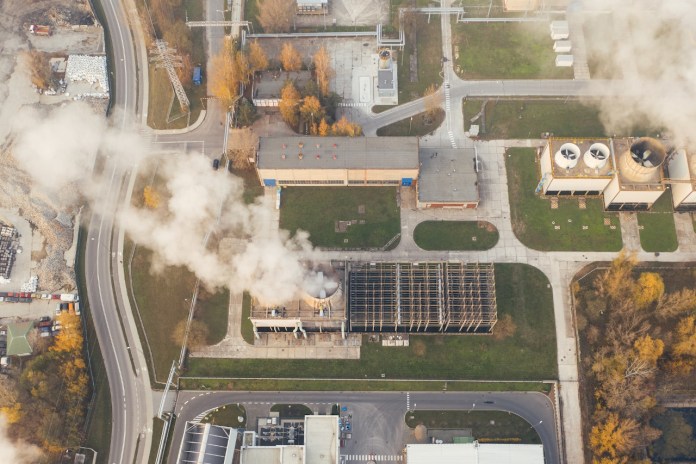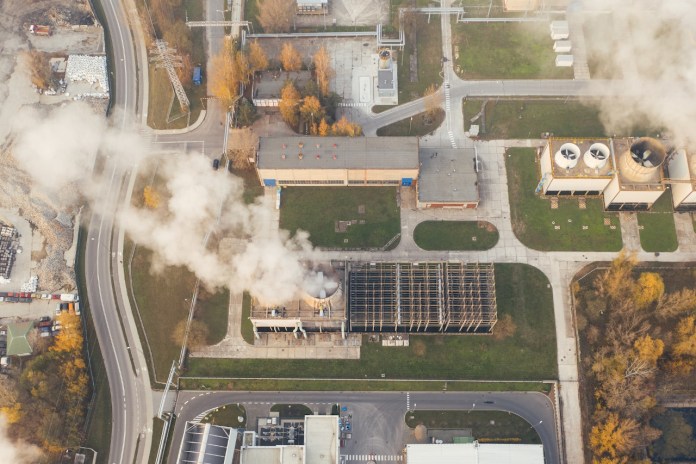We may collect a share of sales from items linked to on this page. Learn more.
Carbon capture and storage (CCS) is a process of capturing carbon dioxide emissions from power plants and industrial facilities, transporting it to a storage site, and injecting it into the ground where it will be permanently stored.
CCS is seen as a critical technology for mitigating climate change, as it can potentially capture up to 90% of carbon dioxide emissions from power plants. Today we explore what it is, how it’s done, and the main benefits, challenges, opportunities, and potential future of this nascent industry.
What is Carbon Capture and Storage?


Carbon capture and storage (CCS) is a technology that can capture waste carbon dioxide (CO2) from large point sources, such as power plants, and securely store it in a geological formation. CCS can significantly reduce greenhouse gas emissions from these sources while continuing to meet our energy needs.
The process of CCS involves three main steps: CO2 Capture, Transportation, and Storage.
CO2 Capture: There are various ways to capture CO2 from flue gas, depending on the type of power plant. For example, pre-combustion capture involves separating the CO2 from the fuel before it is combusted. In contrast, post-combustion capture involves separating the CO2 from the flue gas after combustion occurs. Once the CO2 has been captured, it is compressed into a liquid form and transported via pipeline or ship to a storage site.
Transportation: The transportation of CO2 usually occurs via a dedicated pipeline network or by ship. It
